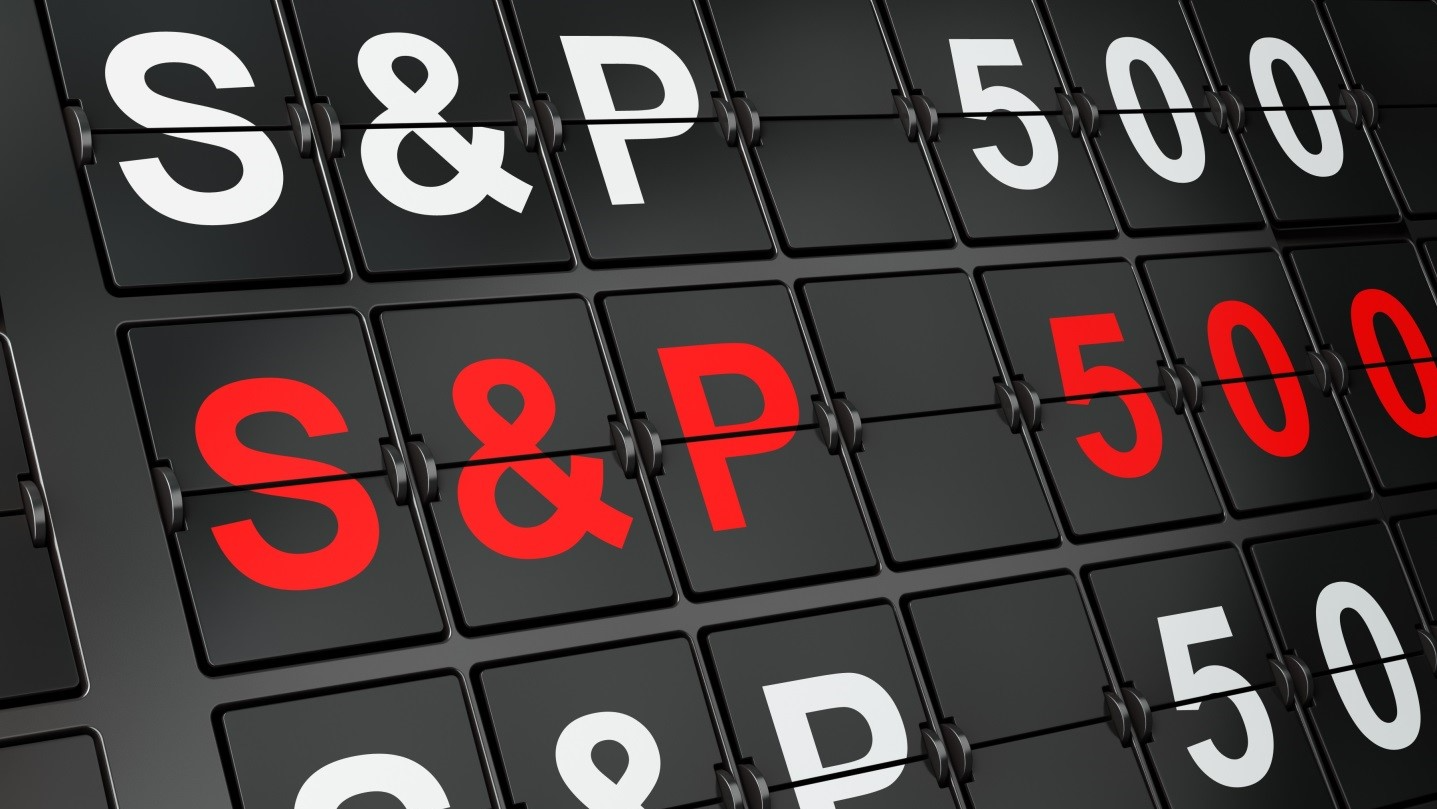
A major stock index with the largest companies in America is the S & P500, the industry of Standard & Poor's.
Back in March 1957, the S&P index opened to the world, which initially included 425 industrial, 60 energy and 15 railroad stocks. Later, in the 1970s, financial papers were also included.
HOW IT IS FORMED
From the name it becomes clear that the S & P500 has approximately 500 large public organizations in the United States. This may seem like a very small number, considering that there are about 5,000 shares circulating in the US market. But these 500 companies represent approximately 80% of the total capitalization of the US market.
The main elements of the index are Microsoft and Apple, Amazon and Facebook, Johnson & Johnson and Google and many others.
S & P500 is dependent on the corporations with the largest capitalization, that is, it best shows the state of the American stock market.
There are selection conditions in the index: from $ 6.1 billion of market capitalization, the lowest trading turnover per day over the past 6 months in 250 thousand securities. Standard & Poor's elements and terms are revised from time to time.
The organizations that are part of the S & P500 are primarily focused on foreign markets. FactSet conducted research and reported the results: about 30% of profits under the S & P500 are generated in "foreign" markets. In this regard, producers of raw materials and the sphere of information technologies are being isolated.
WHEN AND HOW TO APPLY IN TRADE
In the United States of America, the economic calendar is quite extensive with announcements, and this affects the value of the S&P 500 stock index, and it will depend on when to invest in it.
That is why most S & P500 traders trade according to the economic calendar - this gives them the opportunity to trade for just a couple of minutes, which in some cases leads to large movements!
Funds analyzing the S & P500 index exist on stock exchanges in different countries. Their plus is that management costs are quite small (no more than 0.1% per year). US funds pay dividends, but European funds do not always.
Some traders are of the opinion that it is more profitable to repeat the index on their own, that is, to form a portfolio of specific stocks in the required ratio.
If you use this method and repeat the S & P500 yourself, then you will be able to avoid the costs of managing funds, but the broker's commission for transactions and costs for depository services will not be lost. Also, the advantage of this method is that there are no restrictions on receiving dividends and you can use them as you like.
The only disadvantage of this method is that it is quite problematic. The S & P500 index is five hundred and five securities in specific ratios. To accurately repeat the index, you will need to conduct hundreds of transactions and pay a commission for each at the broker's rates. This also requires a lot of capital - thousands or even millions of dollars. Further, it will be necessary from time to time to sell and purchase any securities after changing the composition of the index.
